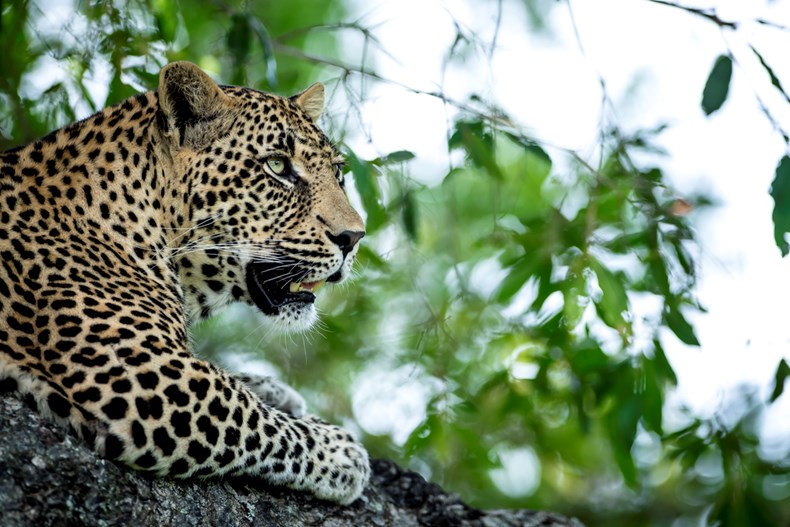Protecting the Most Persecuted Big Cat in the World

With a 25-year history as one of Africa’s leading conservation tourism brands, Singita is undoubtedly an authority on finding the balance between a luxury safari experience and sustainable, environmentally conscious operations that benefit the land under its care.
Leopards are inevitably among the most sought-after species for most guests as very few tire from spending time with these magnificent cats.
Like many carnivore species, accurate estimates of leopard numbers are difficult to calculate and typical road-based or aerial wildlife surveys don’t work. Therefore, the Sabi Sand Wildtuin holds special significance for the conservation of the species as the reserve hosts one of the world’s best-protected leopard populations.
Dr. Guy Balme, Director of Panthera’s Leopard Program has spent years collecting and collating these historical records, and has deployed an online database portal for guides to record wildlife sightings, creating a comprehensive spatial and behavioural record of all known leopards in the Sabi Sand. Singita’s guiding teams submit data to this system, monthly, for leopard and other key species. In total, 28,625 sightings of 23 species were logged on the system across the Sabi Sand last year; this included over 9,000 sightings of 90 individual leopards! With more than 60,000 leopard sightings recorded to date, it’s without a doubt the most extensive dataset ever compiled on the species.
While leopard conservation is continuously carried out in the region, Singita has extended support to Panthera’s leopard conservation efforts partnering with the Furs for Life Program that seeks to reduce demand for leopard skins.
